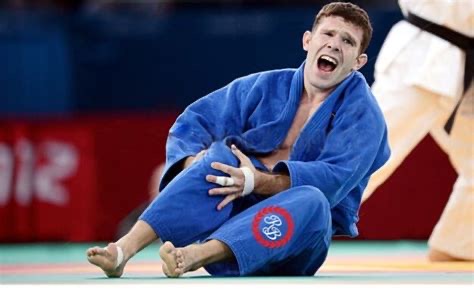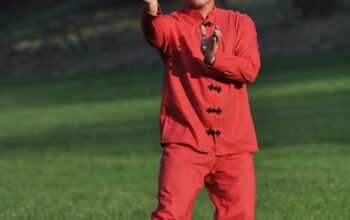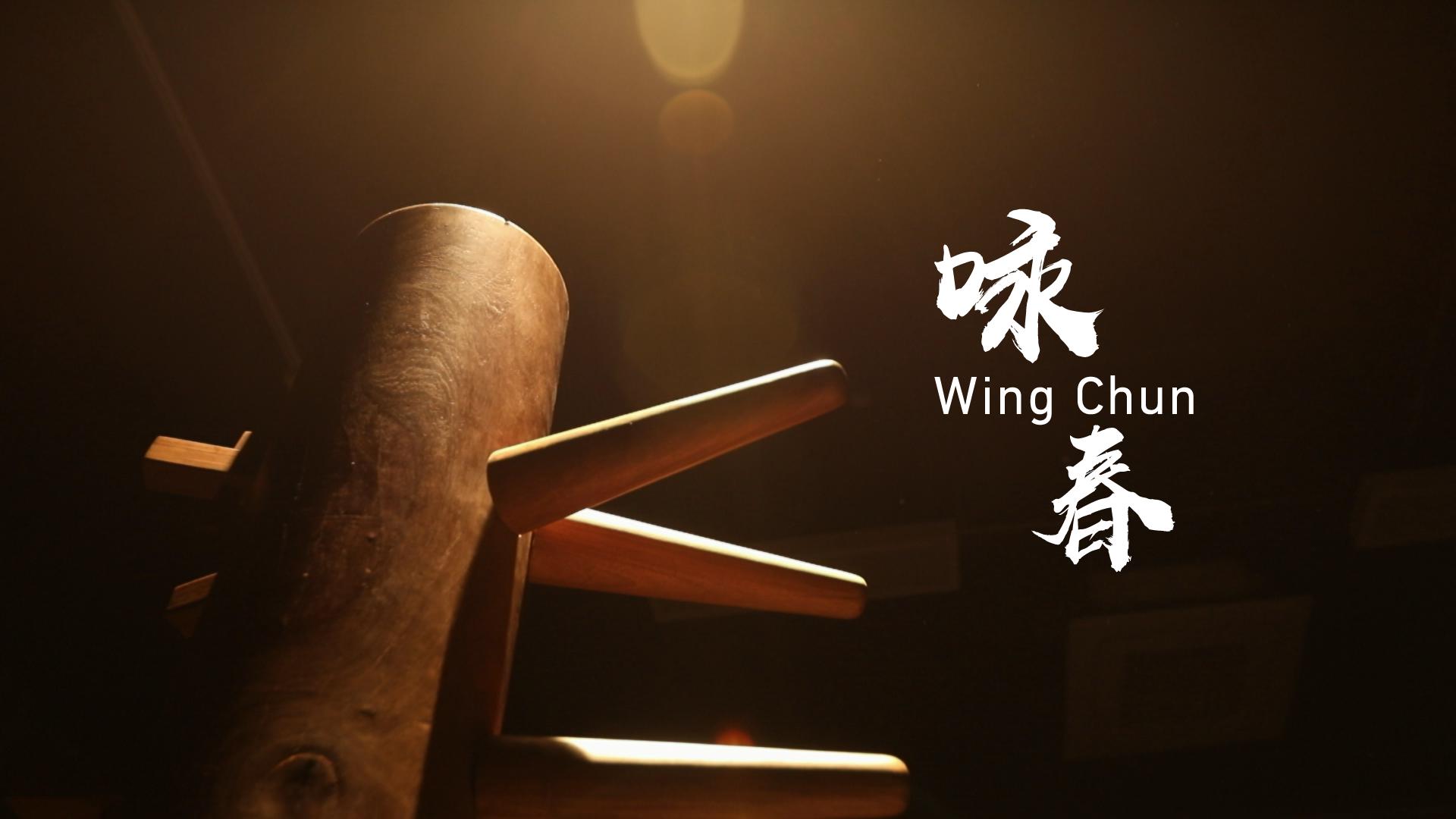Are injuries common in BJJ?
Brazilian Jiu Jitsu (BJJ) is touted as being “safer” than striking arts but is that really true?
While BJJ practitioners often cite the volume or injuries per year, they don’t specify the severity of injuries, recovery time, injuries requiring surgery or injuries essentially preventing the student from continuing. Furthermore, they are not comparing number of injuries directly compared against wing chun.
Some of the injuries could include neck and spine injury or serious joint injury requiring surgery or retirement from the sport of BJJ.
Let’s take a look at some real life injury examples in BJJ:
Orthopaedic injuries were the most common and accounted for 78% of all injuries (n = 36), followed by costochondral or rib injuries (n = 7) and lacerations requiring medical care (n = 3). The elbow was found to be the joint most commonly injured during BJJ competitions, with the arm bar being the most common mechanism. We propose that this BJJ-specific injury mechanism, the “arm bar,” be recognized as another mechanism of hyperextension injury to the elbow in sports.
https://www.ncbi.nlm.nih.gov/pmc/articles/PMC4555620/
Brazilian jujitsu in particular is known to be rough on the joints
Sticking your neck out in awkward positions is pretty standard in BJJ. But if you are not in the most obvious powerful neck submissions, such as the Guillotine or a Mata Leão, you may not realize the position your partner is holding you in is damaging your neck.
A Russian BJJ competitor has suffered a horrific injury as a result of a grappling match.
Aliyev attempted a Flying Armbar. As his opponent pulled away and released Aliyev’s grip on his arm, he then landed directly on his neck on the matted area.
Paizutdin Aliyev, an athlete from Dagestan, sustained serious injuries while attempting to perform a flying armbar while in competition.
According to reports , the man was diagnosed with a brain contusion, a closed craniocerebral trauma and a fracture of the cervical vertebrae with damage to the spinal cord. It is known that as a result of these injuries, the man was paralyzed.
If you are looking to move from BJJ, you may want to consider Wing Chun where you can use what you learned in Wing Chun’s locks which are often done standing up in an exercise called Chi Sau, a drill that allows some controlled sparring while specifically designed to avoid serious injury, not just of the joint and spine, but any head trauma as well that could lead to CTE like in other striking arts like boxing.
Learn how to start at wingchunassociation.com/new







